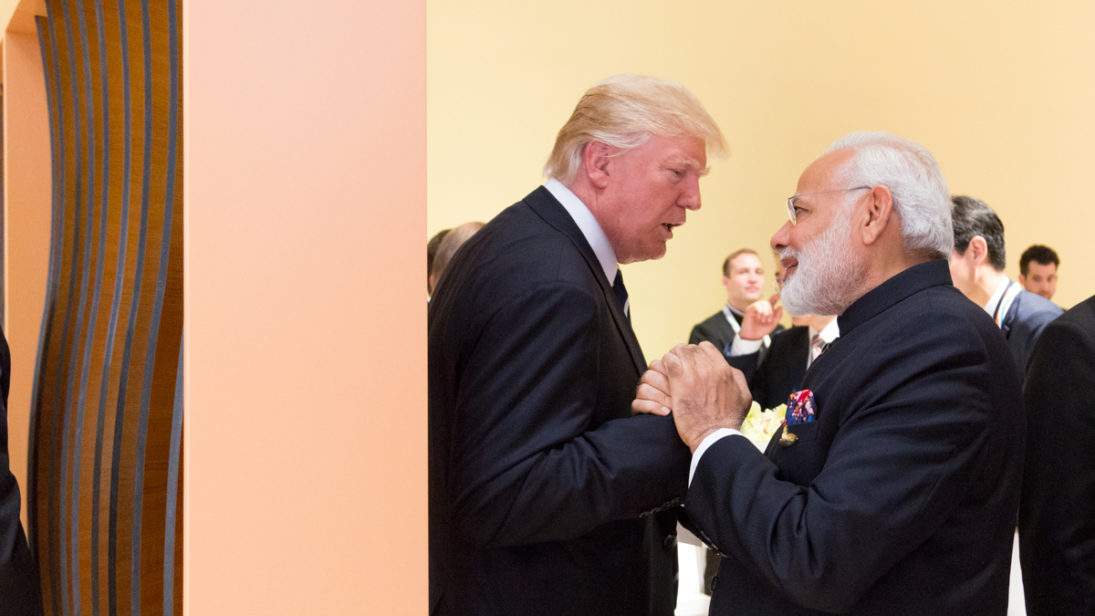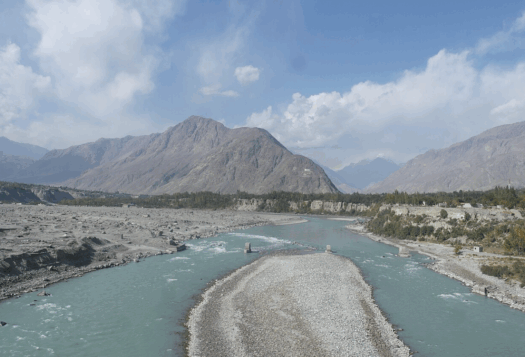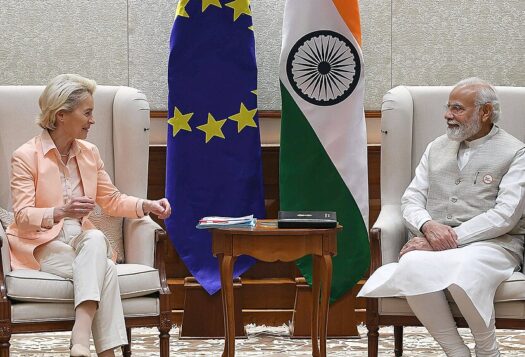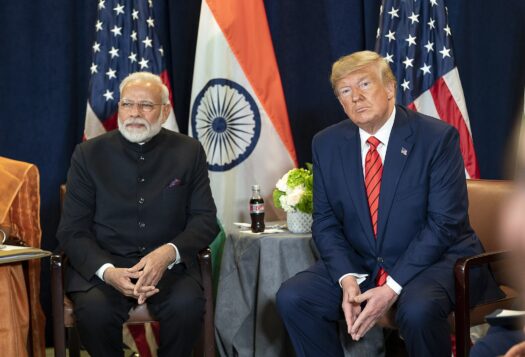
Two weeks ago, the U.S. Department of Commerce granted India the Strategic Trade Authorization-1 (STA-1) status, a designation that paves the way for greater high-technology trade between the United States and India, particularly in the defense sector. Joining a group of 36 other countries, India is only the third Asian country (following South Korea and Japan) to achieve this status, which has generally only been granted to the United States’ NATO allies. In the midst of a U.S.-India trade war and disputes over U.S. sanctions on Iran, India receiving STA-1 status is a noteworthy development. India’s STA-1 authorization opens the door to closer defense ties between India and the United States, which is a clear component of the United States’ Indo-Pacific strategy. This designation also seems to be sending a message to regional powers in Southern Asia.
What is STA-1?
The Strategic Trade Authorization (STA) license exception permits the export of controlled dual-use, sensitive U.S. technologies to certain countries under specific conditions. India joins 36 other countries that have received permission to acquire and import controlled technologies and items from the United States under the STA-1 status, the highest level of STA exception, including the United Kingdom, Germany, Japan, Canada, Turkey, Poland, and South Korea. Previously, India was designated as an STA-2 country, with the likes of South Africa, Israel, and Taiwan. Significantly, major regional powers such as China and Pakistan do not enjoy such an exception.
Significance for Indo-U.S. Relations
India’s STA-1 status will further boost U.S.-India defense trade ties by allowing India to import a wider range of defense-related technology from U.S. companies. This increasing Indo-U.S. strategic partnership is motivated by U.S. aspirations to use the “India Card” to pursue its foreign policy and strategic objectives, as well as India’s aspiration to maintain military dominance in the South Asian region.
The provision of STA-1 status to India comes after the United States recognized India as a Major Defense Partner in 2016. Although their relationship has been somewhat strained in recent months due to an ongoing tariff war and the United States’ decision to postpone its 2+2 dialogue with India citing “unavoidable reasons,” India’s inclusion in the STA-1 list is a manifestation of its strategic importance for the United States. According to the Trump administration’s recent announcement regarding India’s STA-1 status, India and the United States will continue to engage in bilateral efforts on export control cooperation in order to “recognize the full potential of the strategic partnership between the two countries.” Both states reiterated their commitment to increase cooperation in defense, civil space, and other high-technology sectors.
However, there is an additional significance to India receiving STA-1 status. In order to acquire this status, states must meet certain criteria, namely becoming the signatories of the four global export control regimes: the Missile Technology Control Regime, Wassenaar Arrangement, Australia Group, and the Nuclear Suppliers Group (NSG). While India is a member of the first three regimes, its attempts to join the NSG have so far been unsuccessful, largely due to Chinese opposition. The Trump administration’s decision to grant India STA-1 status is significant because, for the first time, the U.S. government is permitting access and export control of high technology to a state that is not yet a member of the NSG. Though India received an NSG waiver in 2008, it has redoubled efforts in recent years to achieve full NSG membership. The Trump administration’s STA-1 announcement notes the United States’ commitment to “ultimately facilitate India’s full membership in the four multilateral export control regimes,” indicating that this step could benefit India’s aspiration of receiving NSG membership.

Regional Implications
By placing India on the STA-1 list, the United States seems to be sending two strong political messages to China. First, the United States is announcing India’s status as a special partner on a similar level to that of South Korea and Japan…Second, the United States has reiterated its support for India’s bid to join the NSG, something which India has not been able to achieve due to Chinese objection.
India’s STA-1 status will further boost U.S.-India defense trade ties by allowing India to import a wider range of defense-related technology from U.S. companies. At the Indo-Pacific Business Forum, U.S. Secretary of Commerce Wilbur Ross stated that “STA-1 provides India with greater supply chain efficiency, both for defense and for other high-tech products.” This increasing Indo-U.S. strategic partnership is motivated by U.S. aspirations to use the “India Card” to pursue its foreign policy and strategic objectives, as well as India’s aspiration to maintain military dominance in the South Asian region. Ultimately, providing defense technology to India under STA-1 will serve the United States’ geopolitical goals.
Recognizing India as a major defense and strategic partner in Asia is not just a symbolic gesture; it’s a manifestation of U.S. strategic goals to counter China in the Indo-Pacific. In the midst of a growing United States-China rivalry, the United States is keen to see India play a pivotal role to advance U.S. interests in the region. By placing India on the STA-1 list, the United States seems to be sending two strong political messages to China. First, the United States is announcing India’s status as a special partner on a similar level to that of South Korea and Japan, which have both received STA-1 status. Second, the United States has reiterated its support for India’s bid to join the NSG, something which India has not been able to achieve due to Chinese objection.
It is imperative for Pakistan to develop viable policies, such as to promote defense cooperation with Russia and a closer relationship with China, so it can further strengthen itself economically and militarily to balance against a growing Indo-U.S. strategic partnership.
Because India’s new STA-1 status is significant for India’s defense industry, it also carries inevitable implications for South Asia, particularly Pakistan. The United States’ support of India’s regional policies and India’s military modernization efforts is a matter of concern for regional states, particularly Pakistan, because such developments have the capacity to instigate security dilemma and an arms race among nuclear neighbors. Therefore, it is imperative for Pakistan to develop viable policies, such as to promote defense cooperation with Russia and a closer relationship with China, so it can further strengthen itself economically and militarily to balance against a growing Indo-U.S. strategic partnership.
***
Image 1: The White House via Flickr
Image 2: IndianEmbassyUS via Twitter


